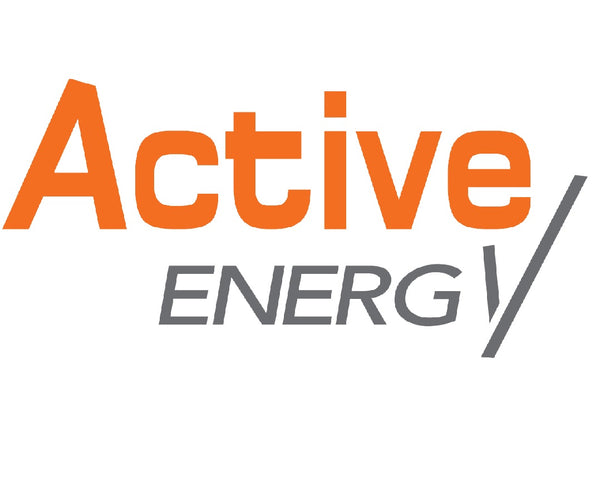Carrying an inverter while traveling in a camper van offers numerous benefits for your travel experience. Let's explore these advantages:
-
Power Supply: An inverter can convert the DC power from your vehicle's battery or sources like solar panels into AC power, providing electrical support for your journey. This means you can use electronic devices such as charging phones, laptops, lighting fixtures, and electric kettles in places without power outlets.
-
Comfort: Carrying an inverter enhances travel comfort. You can use power tools, hairdryers, electric blankets, and other devices to create a cozy atmosphere similar to home within your camper van.
-
Cooking and Dining: If you enjoy cooking during your travels, an inverter can power kitchen appliances like electric stoves, microwaves, and rice cookers, making it convenient to prepare delicious meals. Moreover, the inverter can energize small appliances such as coffee makers and blenders, allowing you to savor coffee and beverages on the go.
-
Entertainment Devices: Carrying an inverter also supports entertainment devices such as televisions, sound systems, and gaming consoles. This can add recreational enjoyment to your journey, especially during rest stops or campground stays.
-
Emergency Situations: In emergencies, an inverter can serve as a backup power source. If your vehicle or travel destination experiences a power outage, the inverter can help maintain basic power supply for communication, lighting, and other essential functions.
-
Environmental Friendliness: If your inverter is powered by solar panels, you can travel more sustainably, reducing reliance on traditional energy sources.
In summary, carrying an inverter can bring greater convenience, comfort, and autonomy to your camper van travels. However, when selecting an inverter, it's crucial to consider its output power, load capacity, and the energy consumption of your intended electronic devices to ensure the inverter meets your travel needs. Additionally, practice safe usage of the inverter to avoid overloading devices or other safety issues.

